Agronomy, Free Full-Text
Por um escritor misterioso
Last updated 18 maio 2024
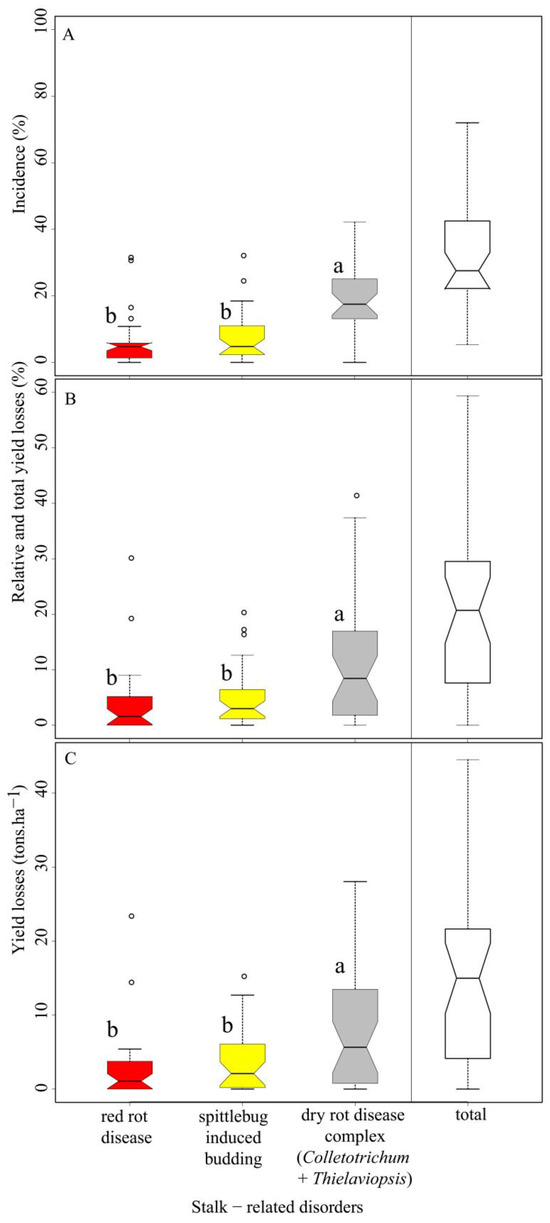
Sugarcane dry rot emerged as an important stalk disorder in newly expanded plantations in northwestern São Paulo, Brazil, under the current no-burning fully mechanical harvest policy gradually implemented in the past 20 years. This emergence was probably due to a considerable increase in both pathogen inocula and insect pest populations in sugarcane crop residues kept in the field. In this study, we surveyed the incidence of three stalk-related disorders in commercial sugarcane fields in six municipalities in northwestern São Paulo and the corresponding yield losses. The three stalk-related disorders surveyed were as follows: the red rot disease caused by the fungal pathogen Colletotricum falcatum, the spittlebug-induced shoot stunting, and the stem dry rot, which is associated with the simultaneous infection of C. falcatum and Thielaviopsis paradoxa, the pineapple set rot pathogen. Red rot disease was detected in 88.2% of the fields surveyed, while the spittlebug-induced shoot stunting disorder and the internal stem dry rot were found in 97.1% of the fields. Stem dry rot had the highest incidence and resulted in the highest yield losses. Total sugarcane yield losses were estimated at 20.1%, with an average of 14.2 (±3.8) t·ha−1 per field. The multiple regression model constructed to determine which of the three stem-related disorders contributed the most to total yield losses was not significant. Subsequently, the performance analyses of single-variable polynomial regression models indicated that the simple linear model was the best fit in terms of independently predicting sugarcane yield losses based on each stem-related disorder. Positive and significant correlations were only detected between sugarcane yield losses in t·ha−1 and the incidence of red rot disease or leafhopper-induced shoot stunting. We concluded that the stalk’s internal dry rot, as a disease complex associated with both C. falcatum and T. paradoxa, was the most important disorder in sugarcane fields in the northwest region of São Paulo state. A sustainable pest management program is needed to reduce the impact of all three stalk-associated disorders on regional sugarcane production.
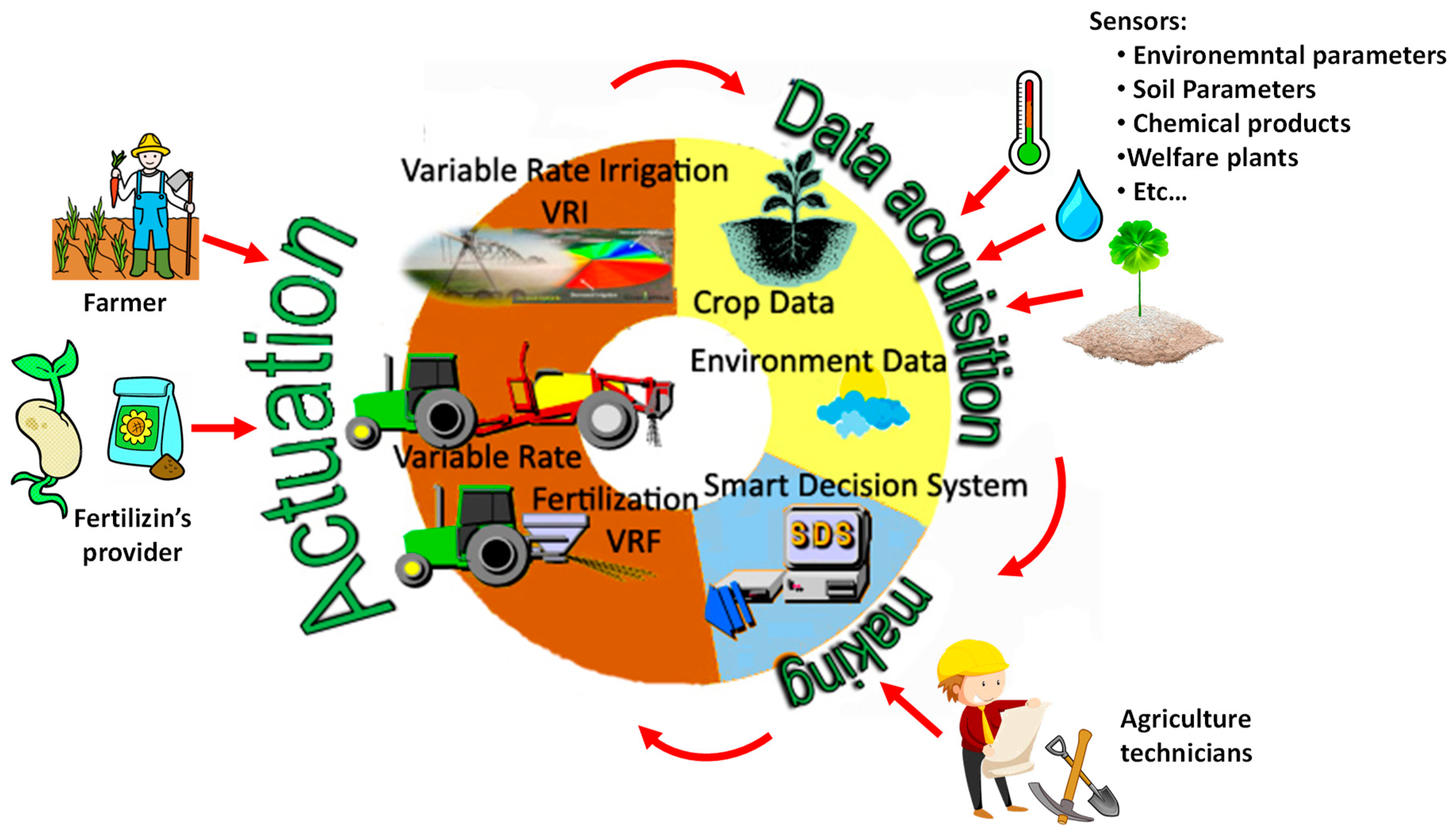
Agronomy, Free Full-Text
A Textbook of Agronomy : B. Chandrasekaran : Free Download, Borrow

Pesticide-free agriculture as a new paradigm for research

Celebrating Science & Innovation in Agriculture - Farming First

Traditional and Modern Plant Breeding Methods with Examples in

Regenerative Agriculture: An agronomic perspective - Ken E Giller
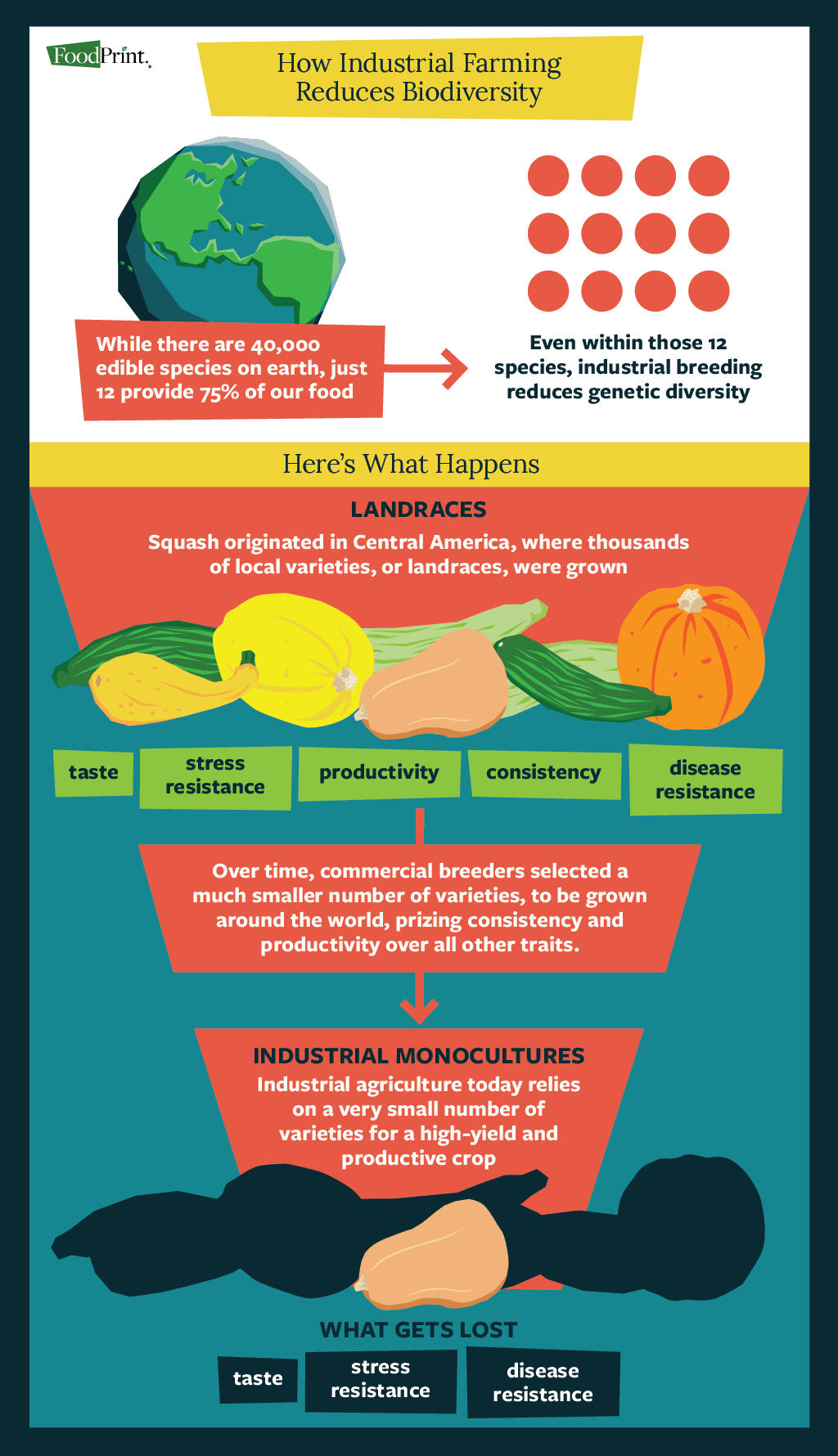
Biodiversity and Agriculture - FoodPrint

UNH Sustainable Agriculture and Food Systems

Agronomy, Free Full-Text
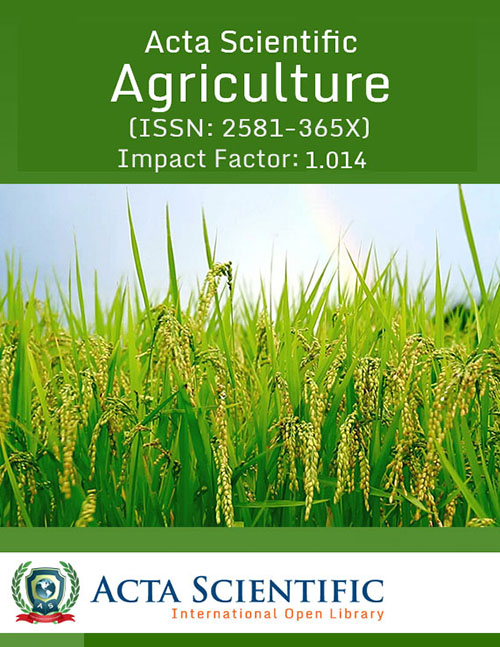
Acta Scientific, International Open Library
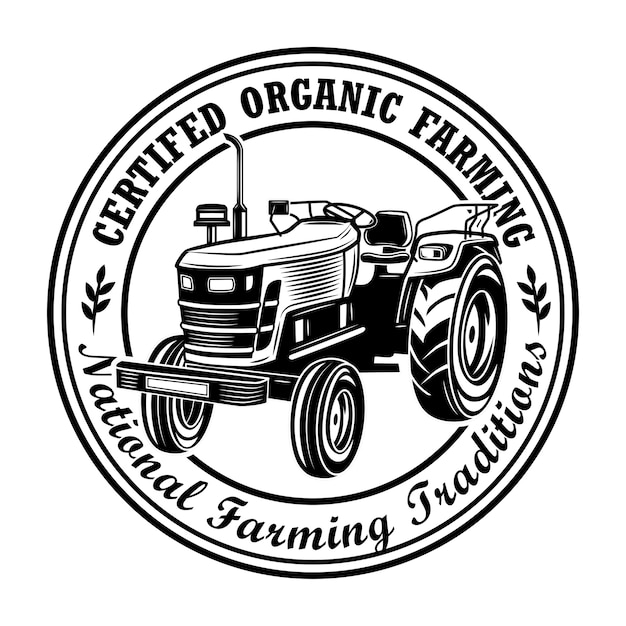
Agronomy Vectors & Illustrations for Free Download

Free Agriculture PowerPoint Templates & Slide Templates
Open Agriculture
Recomendado para você
-
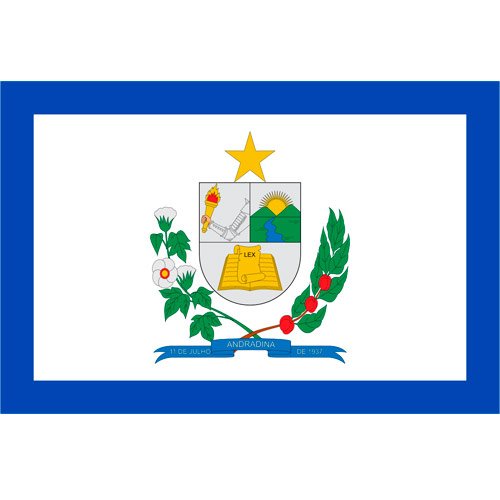 Floricultura Andradina com Entrega Rápida18 maio 2024
Floricultura Andradina com Entrega Rápida18 maio 2024 -
 Imóveis de 2 quartos na Vila Pereira Jordão em Andradina18 maio 2024
Imóveis de 2 quartos na Vila Pereira Jordão em Andradina18 maio 2024 -
 Transa Imobiliaria - compra, venda e financiamento de imoveis em Ituiutaba(MG) e região - Imóvel18 maio 2024
Transa Imobiliaria - compra, venda e financiamento de imoveis em Ituiutaba(MG) e região - Imóvel18 maio 2024 -
HOTEL CASA GRANDE ANDRADINA 3* (Brasil) - de R$ 13118 maio 2024
-
 Cesta Café da Manhã Mini Kit Matinal18 maio 2024
Cesta Café da Manhã Mini Kit Matinal18 maio 2024 -
 Câmara destaca potencial econômico de Nova Andradina com inauguração do Abevê — Nova Andradina - MS18 maio 2024
Câmara destaca potencial econômico de Nova Andradina com inauguração do Abevê — Nova Andradina - MS18 maio 2024 -
 Galvanotek Embalagem G-32 MM Mini Torta Preta com 100 unidades18 maio 2024
Galvanotek Embalagem G-32 MM Mini Torta Preta com 100 unidades18 maio 2024 -
 Hoverboard tem na casa bahia andradina18 maio 2024
Hoverboard tem na casa bahia andradina18 maio 2024 -
 Celulares APPLE IPHONE 12 Usados em Mato Grosso do Sul18 maio 2024
Celulares APPLE IPHONE 12 Usados em Mato Grosso do Sul18 maio 2024 -
 HOTEL OESTE PLAZA (ANDRADINA): 35 fotos, comparação de preços e 120 avaliações - Tripadvisor18 maio 2024
HOTEL OESTE PLAZA (ANDRADINA): 35 fotos, comparação de preços e 120 avaliações - Tripadvisor18 maio 2024
você pode gostar
-
IGN - Baldur's Gate 3's already huge launch grew even18 maio 2024
-
 Classroom of the Elite: Horikita (Manga) Vol. 218 maio 2024
Classroom of the Elite: Horikita (Manga) Vol. 218 maio 2024 -
/s.glbimg.com/po/tt2/f/original/2016/04/12/slitherio-slither-io-jogo-addicted-viciante-game-titulo-browser-techtudo.jpg) Slither.io, Software18 maio 2024
Slither.io, Software18 maio 2024 -
 Uno Mas Disposable 5% (1200 Puffs) - Now in 20 Flavors18 maio 2024
Uno Mas Disposable 5% (1200 Puffs) - Now in 20 Flavors18 maio 2024 -
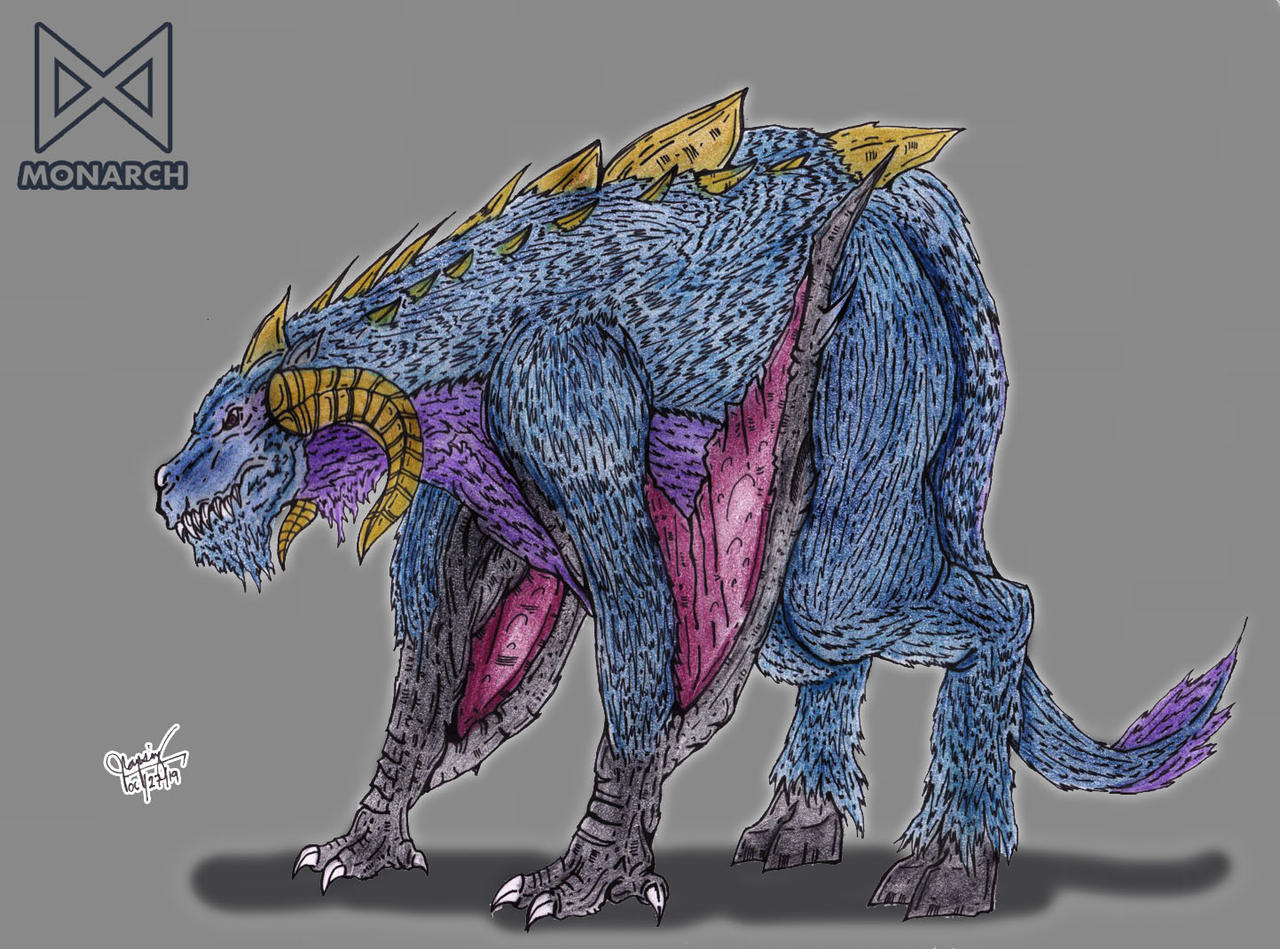 Random Godzilla/Kaiju Fanart - Page 41 - Toho Kingdom18 maio 2024
Random Godzilla/Kaiju Fanart - Page 41 - Toho Kingdom18 maio 2024 -
 Desenho de bolo decorado pintado e colorido por Usuário não registrado o dia 06 de Janeiro do 202018 maio 2024
Desenho de bolo decorado pintado e colorido por Usuário não registrado o dia 06 de Janeiro do 202018 maio 2024 -
 Xbox Live Gold to be Discontinued in September and Replaced with Xbox Game Pass Core – Rumour18 maio 2024
Xbox Live Gold to be Discontinued in September and Replaced with Xbox Game Pass Core – Rumour18 maio 2024 -
![FNF] Making Tails Doll Sculptures Timelapse [SONIC.EXE 2.5 / 3.0 FULL WEEK] - Friday Night Funkin](https://i.ytimg.com/vi/79Z7PFj_WZU/sddefault.jpg?v=62d7c666) FNF] Making Tails Doll Sculptures Timelapse [SONIC.EXE 2.5 / 3.0 FULL WEEK] - Friday Night Funkin18 maio 2024
FNF] Making Tails Doll Sculptures Timelapse [SONIC.EXE 2.5 / 3.0 FULL WEEK] - Friday Night Funkin18 maio 2024 -
shu kurenai sparking|Pesquisa do TikTok18 maio 2024
-
 Sea nº1 Islands Blox Fruits Tier List (Community Rankings) - TierMaker18 maio 2024
Sea nº1 Islands Blox Fruits Tier List (Community Rankings) - TierMaker18 maio 2024


